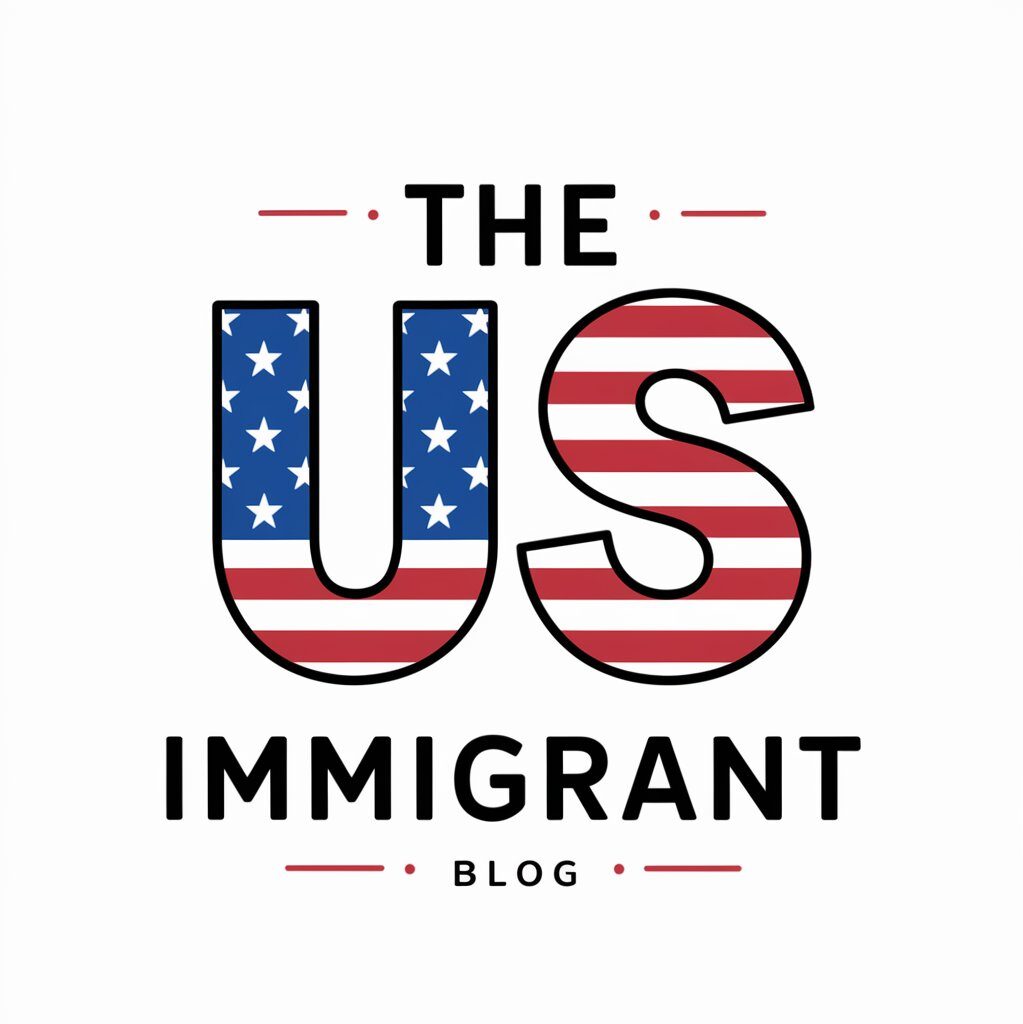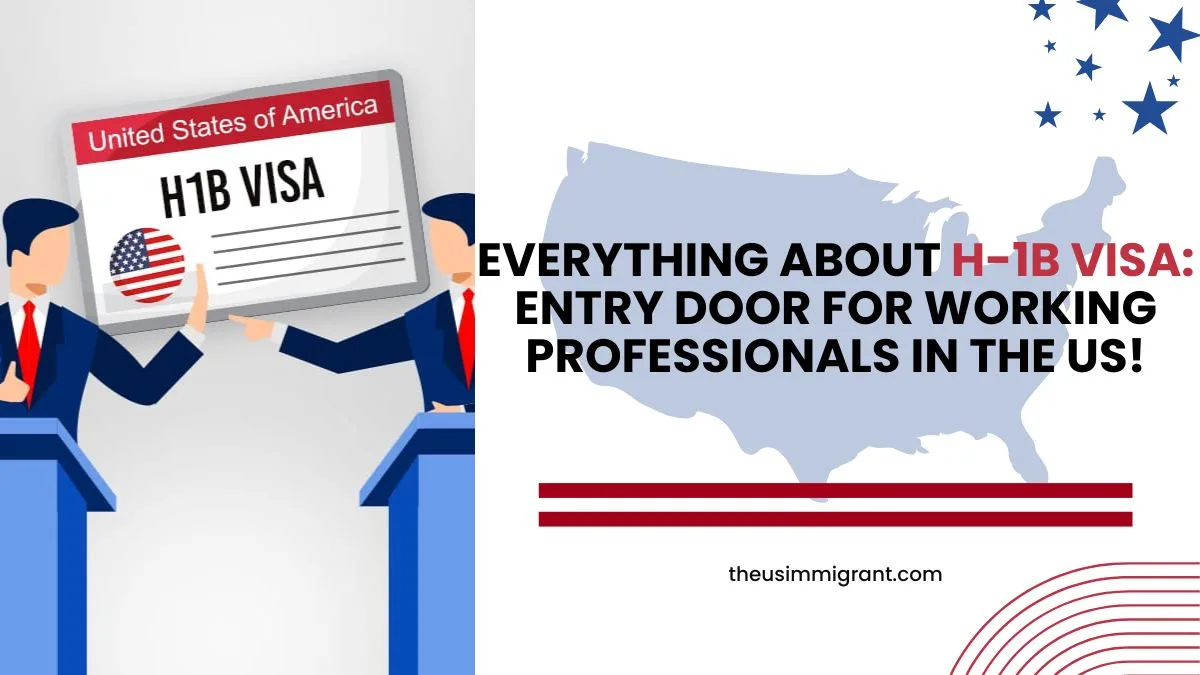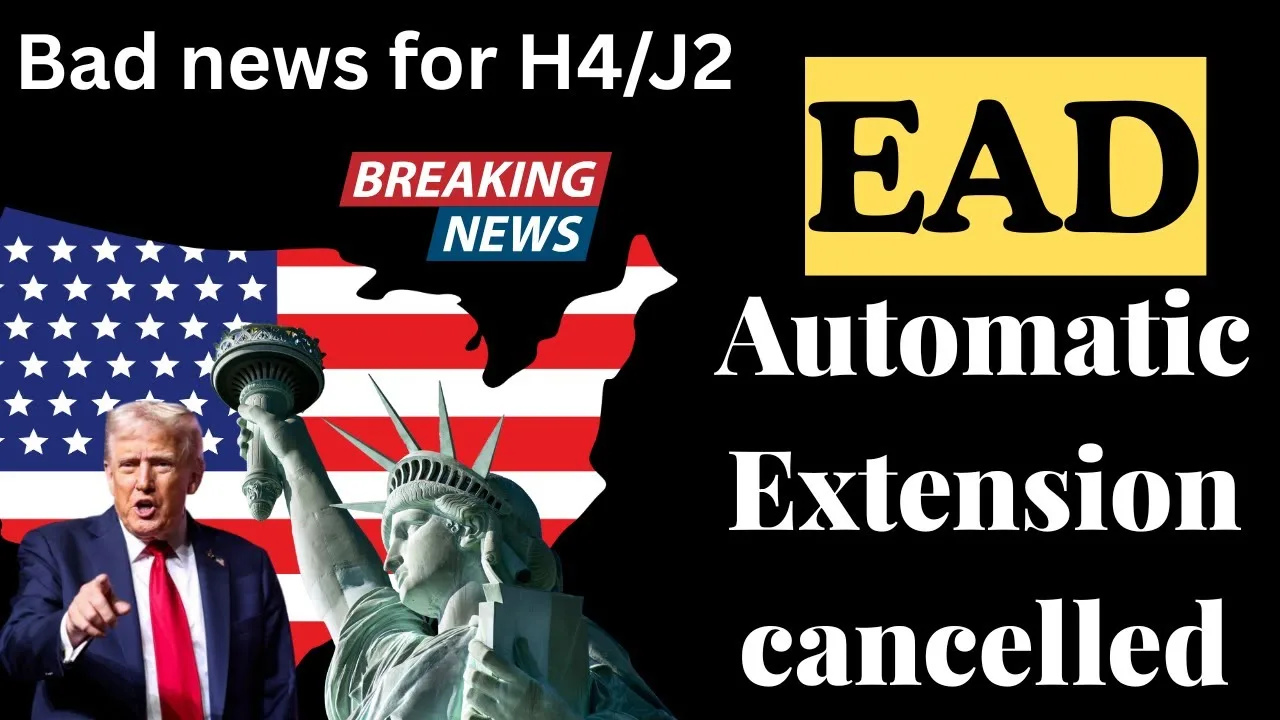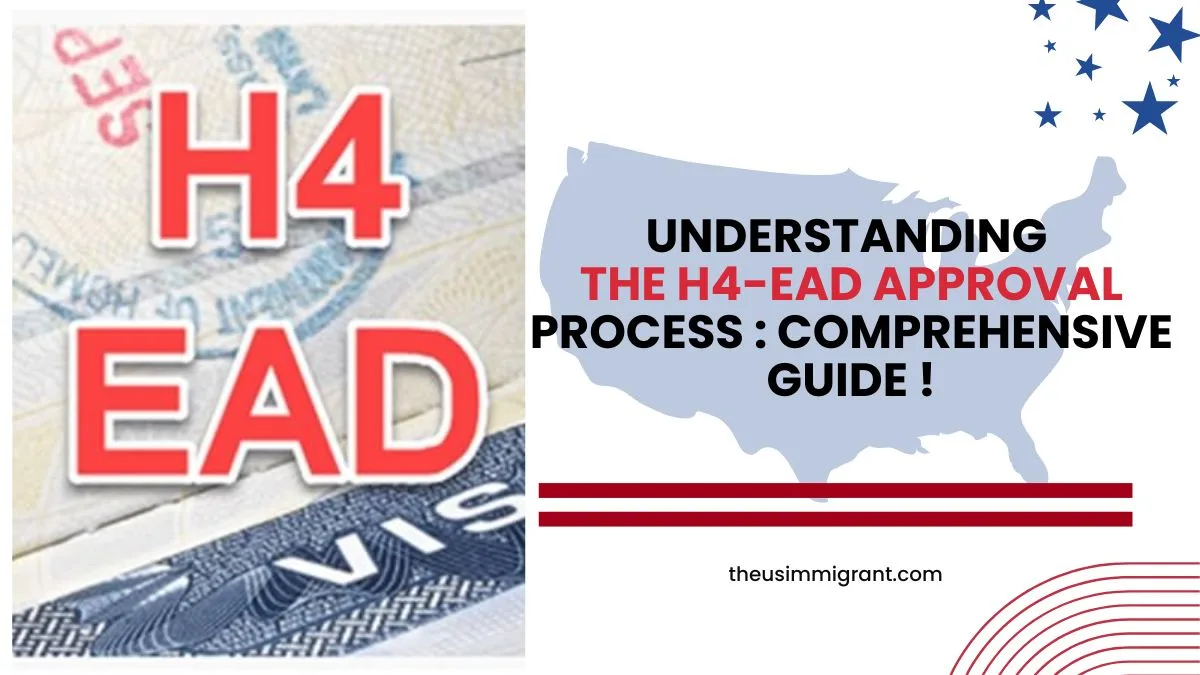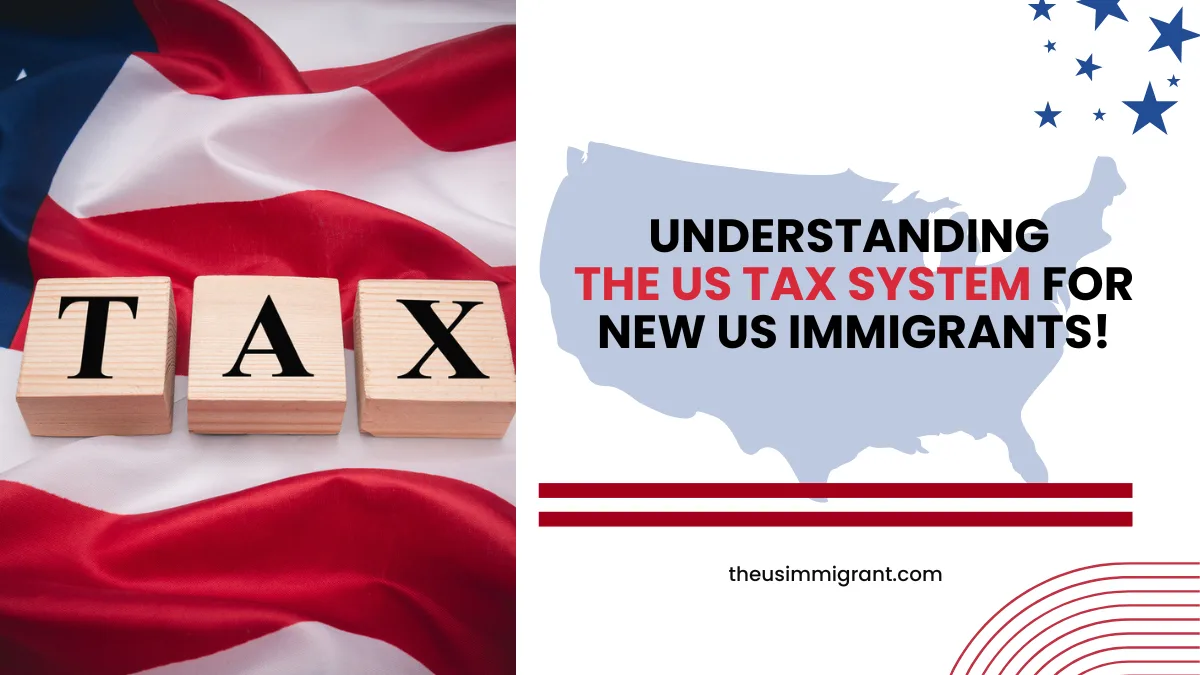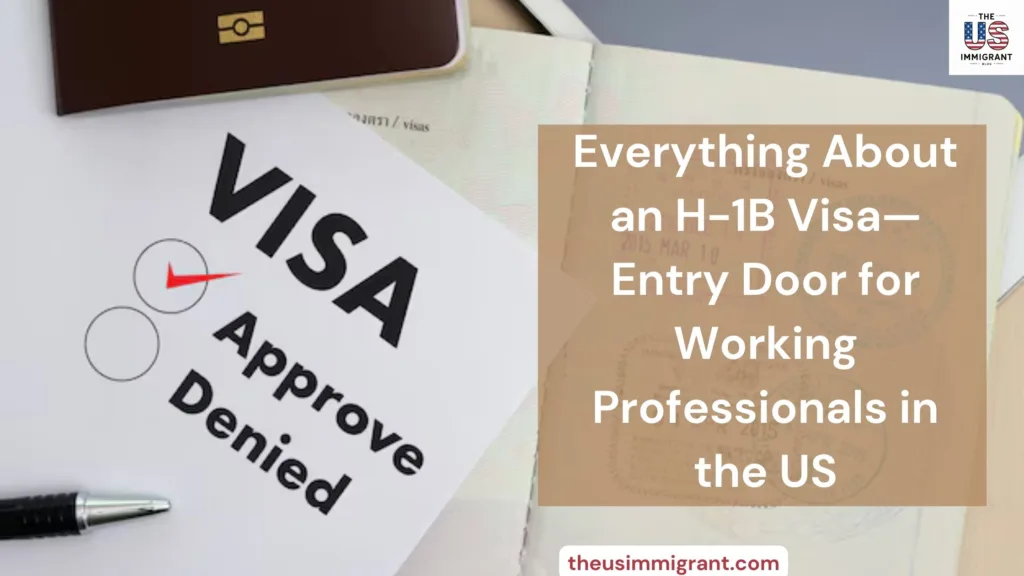
Introduction
The H-1B visa has now become a critical channel for working IT professionals to go to America. This unique visa allows professionals in particular fields a conclusion of many job prospects and with it wealth beyond their wildest dreams.
Consequently, an H1B visa might be the channel you need to achieve your American dream—a career as an IT professional, engineer, healthcare professional, continuing education, or non-commercial academic person.
Why the H-1B Visa is Essential?
The imported labor visa, the H1B visa is the most valuable opportunity for international talent to enter the American job market and obtain excellent pay at the same time as it leads toward permanent residency in professional practice in America.
However, many blogs fail to address critical aspects, such as managing lottery uncertainties, navigating employer compliance, or making the H1B journey seamless for families. In this guide, we will not only cover the basics but also share insights that other sources often overlook. Let’s dive in.
What is an H1B Visa?
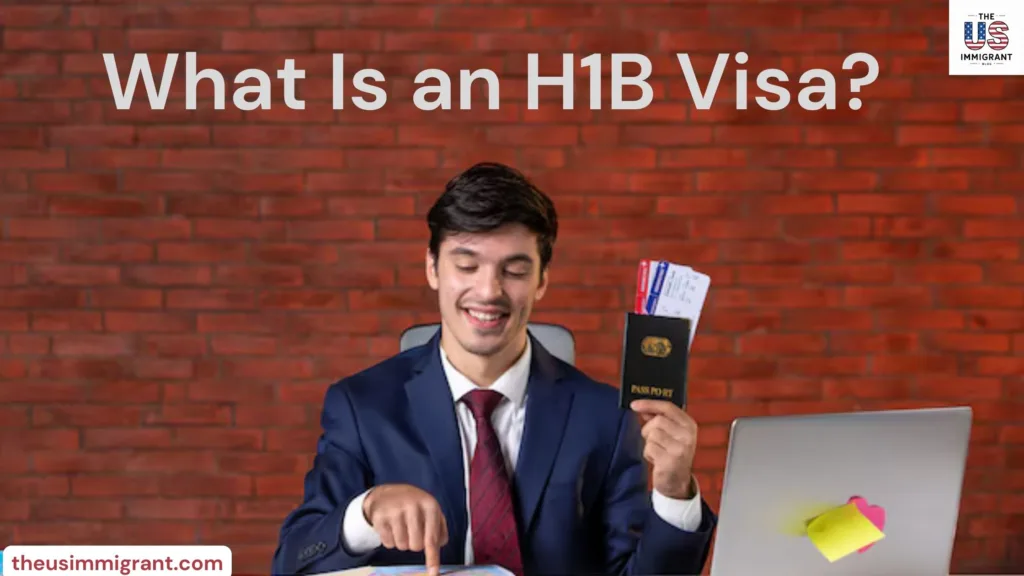
Definition and Purpose
The H-1B visa is a non-immigrant work visa that enables US companies to hire foreign workers in specialized occupations. It is best suited for jobs requiring technical knowledge like IT, engineering, finance, medicine, and architecture.
Difference Between H-1B and Other US Work Visas
- H1B Visa: Need a bachelor’s or equivalent or relevant field and employer sponsorship
- L1 Visa: Intra-company transferees for multinational companies.
- O1 Visa: For individuals of extraordinary ability in the arts, sciences, or business.
L1 visas are for intra-company transferees, and O1 visas are for persons with extraordinary ability, but H1Bs have a unique place: they are reserved exclusively for highly specialized professionals who are needed by U. S. employers in industries that lack skilled workers.
Specialty Occupations Under H-1B
The job must be one of the “specialty occupations” that are eligible for an H1B visa according to US Citizenship and Immigration Services (USCIS). These typically require at least a bachelor’s degree or its equivalent in the field of specialization.
Examples of specialty occupations are:
- Software Developers
- Data Scientists
- Physicians
- Engineers
- Financial Analysts
Essentially, a job covered by an H1B visa requires specialized technical or professional skills, hence the high education or experience levels.
Benefits of an H1-B Visa
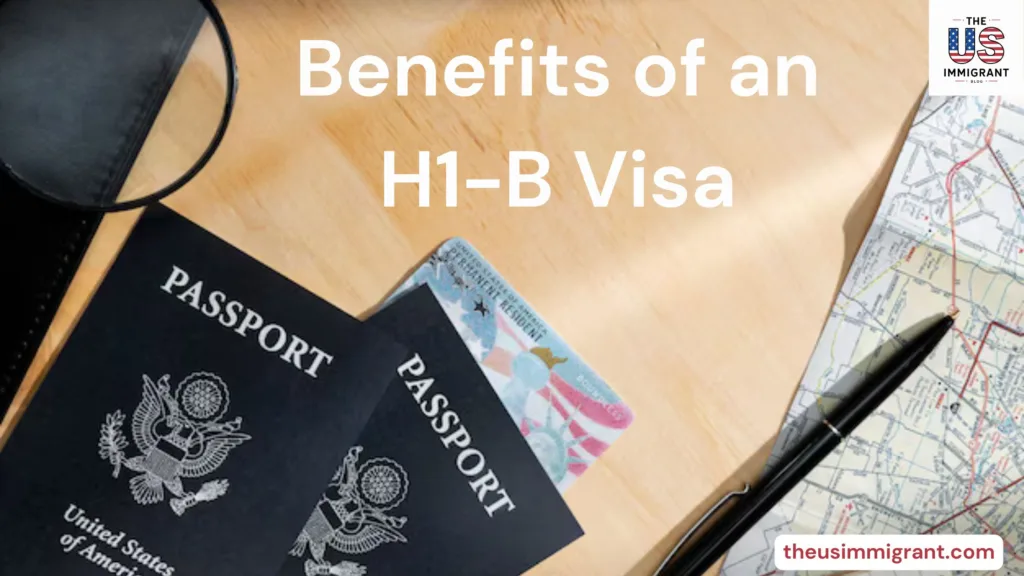
For Employees:
- Career Growth: The H1B holds a chance for international professionals to work in the USA. Industries with tremendous development opportunities here include tech, engineering, and health care.
- Financial Opportunities: Salaries for H1B visa holders are often much greater than those people could earn in their own countries. According to a recent report, the average salary for H-1B workers is well over the median U.S. pay, particularly in industries with severe labor shortages.
- Pathway to Permanent Residency: For many professionals seeking a long-term career, an H-1B visa can step between a green card (permanent residency) and the United States to stay there indefinitely.
For Employers:
- Bridging Skill Gaps: Industry shortages of skills mean that American firms need U.S. universities and training programs to produce the sorts of staff that can make up for this. By employing foreign professionals, companies can keep an edge in global competition.
- Enhancing Innovation: With its world-acclaimed universities devoted entirely to science research and science teaching, Singapore is a magnet that draws in the brightest minds from around the globe. H1B visa holders each bring their unique perspectives and experiences to our companies, making them a fount of fresh wisdom.
For the US economy:
The H-1B visa is so important to the US economy that it supplies an influx of exceptional talent for key sectors such as technology, medicine, and finance. Thus, many important new products are developed here in America. As a result, H-1B workers contribute to research and development that benefits all industries and increases productivity across the board.
Table: Comparing H1B with Other Work Visas
| Feature | H1B Visa | L1 Visa | O1 Visa |
Employer Sponsorship | Required | Required | Required |
Specialized Knowledge | Yes | No | Exceptional Ability |
Duration | Up to 6 years | Up to 7 years | Up to 3 years |
H1B Visa Eligibility Criteria
Employer Requirements
- Must offer a role that qualifies as a specialty occupation.
- Must pay at least the prevailing wage for the position.
Employee Requirements
- Bachelor’s degree or equivalent higher education level qualifications in a related professional or a recognized field.
- Work experience must be provided as proof of your expertise; academic degrees and certificates are also acceptable.
Qualifying Occupations
- Software developers
- Civil engineers
- Financial analysts
- Physicians and medical researchers
Step-by-Step Guide to the H-1B Visa Process
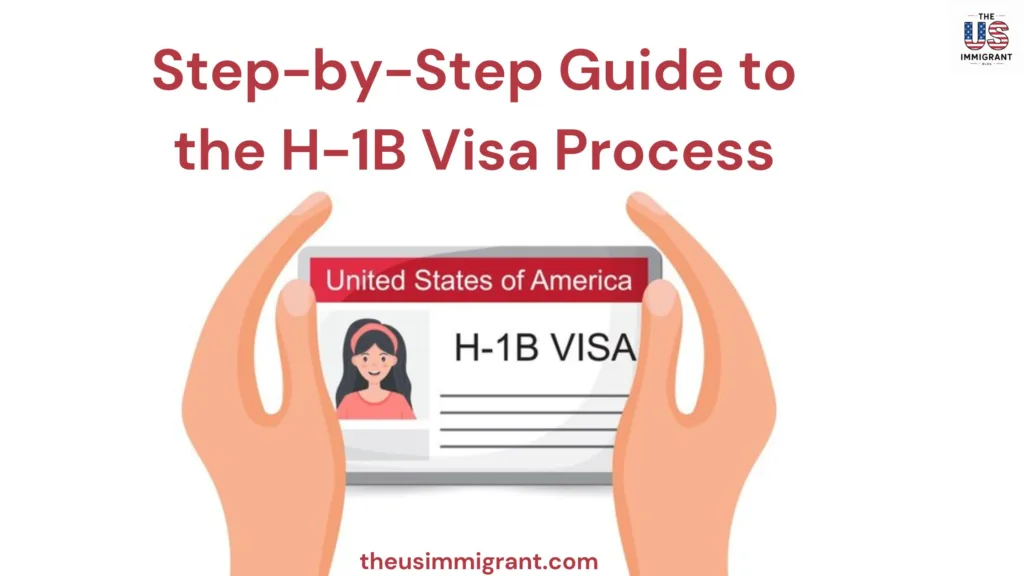
Step 1. Job Offer and Sponsorship:
Find a job from a US employer who will sponsor your H1B visa.
Step 2. Labor Condition Application (LCA):
The employer files an LCA with the department (DoL) to ensure he meets all wage and workplace standards.
Step 3. Form I-129 Submission:
The employer requests that USCIS process his employee’s H-1B petition.
Step 4. Lottery System:
Should applications surpass the annual cap for any year, then USCIS will use a lottery to select candidates randomly.
Step 5. USCIS Approval:
After such selection, USCIS considers it reasonably necessary to exercise restraint, stating that its employees are trained professional bureaucrats who must type on keyboards.
Step 6. Visa Stamping:
Get on the interview schedule with a US consulate for visa stamping.
Step 7. Entry to the US:
Start your job after receiving a successful stamp.
H1B Visa Lottery System

Each year, the lottery selects who receives the H1B visa. This is done because of the annual cap on H-1B visas available.
Annual Cap and Quota Explanation
However, the general cap for H1B visa applications is 65,000. Then, we add 20,000 more visa applications that are specifically set aside for those holding a U.S. master’s degree or Ph.D.
Strategies to Increase Chances of Selection
- Apply Early: File your petition as soon as possible after it opens.
- Increase h1b visa sponsorship jobs: If a higher number of employers are sponsoring you, then your chances of being drawn are more likely.
- Master’s Cap Advantage: US degrees have a higher probability of selection than those obtained outside the US.
Required Documentation for H1B Visa
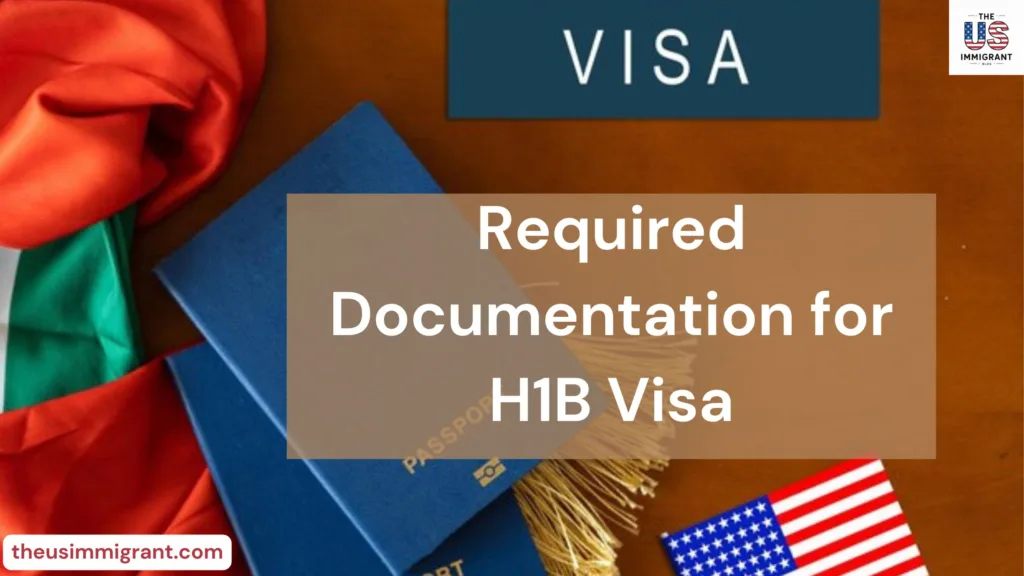
Employee Documents
- Passport
- Academic transcripts and degrees
- Resume
- Proof of work experience
- Certifications or licenses
Employer Documents
- Offer letter
- Job description
- Financial records
- Approved LCA
H-1B Visa Cost
Fee Type | Amount | Who Pays? |
Filing Fee (Form I-129) | $460 | Employer |
Fraud Prevention Fee | $500 | Employer |
Premium Processing Fee (Optional) | $2,500 | Employer (optional) |
Visa Stamping Fee | Varies by country | Applicant |
Post-Approval Steps
Step 1: H1 B Visa Stamping in USA
Schedule an interview at a US consulate. Bring your passport, approval notice, and supporting documents.
Step 2: Port of Entry
At your point of entry into the US, present your visa and documents to the Customs and Border Protection (CBP) officer.
Step 3: Starting Work
Begin your employment as per the terms of the H1B petition.
Rights and Responsibilities of H-1B Holders
Work Restrictions
You can only work for the sponsoring employer unless you transfer your H-1B visa.
Dependents
H-1B holders can bring spouses and children under the H-4, and spouses may qualify for H-4 EAD (Employment Authorization Document) to work in the US.
H1B Visa Extension or Transferring
Extension
H1B Visas can be extended beyond the initial six years under specific conditions, such as an ongoing green card process.
Transfer
You can change employers without being subject to the lottery again, provided your new employer files a petition.
H-1B to Green Card Transition
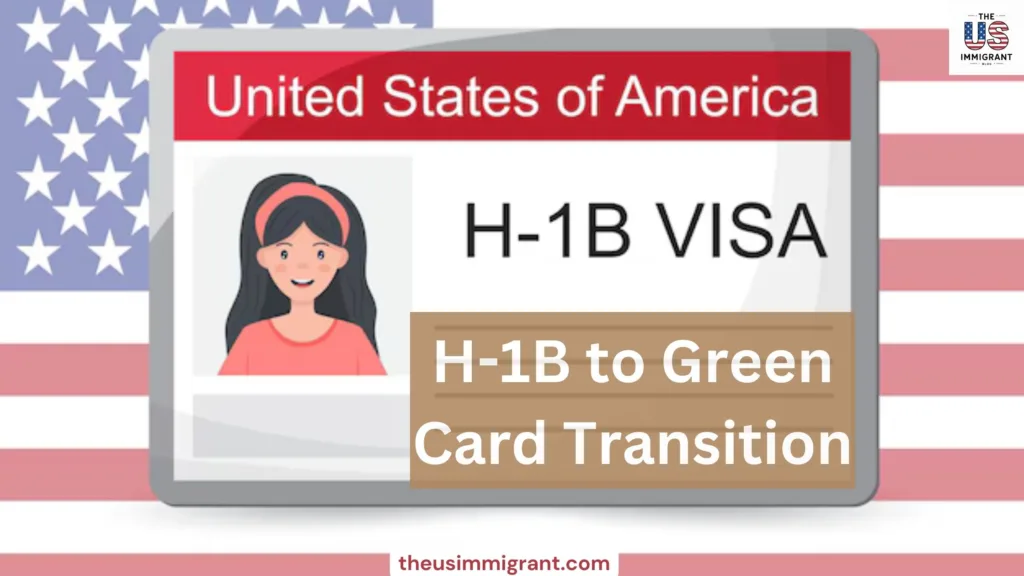
- PERM Labor Certification: The employer files with the DOL to prove no qualified US worker is available.
- Form I-140: The employer submits an immigrant petition for you.
- Adjustment of Status: File Form I-485 to transition to permanent residency.
Common Challenges and How to Overcome Them
- Rejections and RFEs: Address all queries thoroughly and provide complete documentation.
- Lottery Non-Selection: Explore alternative visas like L1 or O1.
- Employer Non-Compliance: Work with an experienced H-1B visa attorney to handle issues.
Unique Insights: What Most Blogs Don’t Cover
- H-1B for startups: Employers must prove financial stability and ability to pay wages.
- Advice for mid-career professionals: Highlight leadership and technical experience to enhance your application.
Conclusion
We have seen many getting their H1B visa stamped in the USA. Whether it be from program preparation to the visa interview, every step of the process requires diligence, and You can maximize your chances of success.
Call-to-Action
So are you ready to begin your H1B journey?
At theusimmigrant.com, we share blogs about all immigrants’ information, so stay with us for all information.
Frequently Asked Questions (FAQ's)
1. What happens if I am not selected for the H-1B visa lottery result?
Explore alternative visas like L1 or O1 or reapply the following year.
2. Can I change my H1B Visa job under this visa?
Yes, if your new employer files an H-1B transfer petition.
3. How much will I have to pay before I can get an H1B visa?
Prices vary widely, but generally hover between $5,000 and $10,000, depending on fees, legal costs, and so on.
4. Can an H1B visa spouse work in the US?
Yes, if they have an H4 EAD (Employment Authorization Document).
5. When my H-1B visa expires, what should I do?
If you need to stay, you can either apply for an extension or apply for another visa or a green card.
